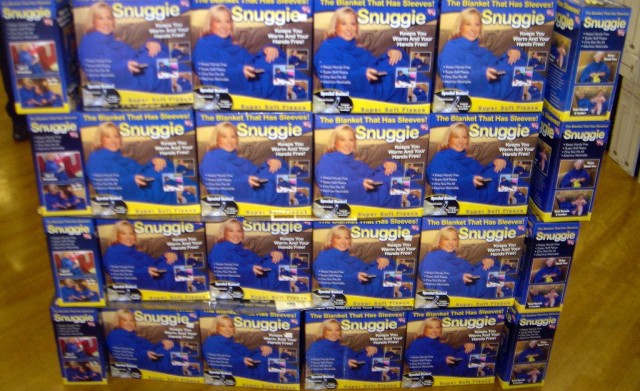Here Is Your Open Thread

If nobody’s watching TV during the Fringe/Graveyard shift, who’s buying $200–250 billion worth of product? To put that into perspective: $250 billion will represent at least an entire percentage point of the U.S. GDP in 2015. Infomercials may be uniquely American, but how can they account for such a giant slice of America?
Consider some of the biggest brands in the DRTV business. ProActiv, a celebrity-shilled skin care line made famous on the infomercial circuit, generates a little over $1.7 billion a year in revenue.The PedEgg, a heel-scraping callus remover, has earned over $450 million since its first infomercial shred the airwaves in 2007. These products, like many others in the DRTV space, are not one-hit wonders, spawned in a garage by a couple of wackos with a pipedream. Rather, they are bets in the portfolios of much larger, highly capitalized intellectual property holding companies.
In the dead of night when infomercials run on air, most of us are sleeping. And those of us who are half awake are persuaded, somehow, to buy things “as seen on TV.” How, and why? At Priceonomics, Jon Nathanson looks at the economics of infomericals.
Photo: Carlos Almendarez
Support The Billfold
The Billfold continues to exist thanks to support from our readers. Help us continue to do our work by making a monthly pledge on Patreon or a one-time-only contribution through PayPal.
Comments